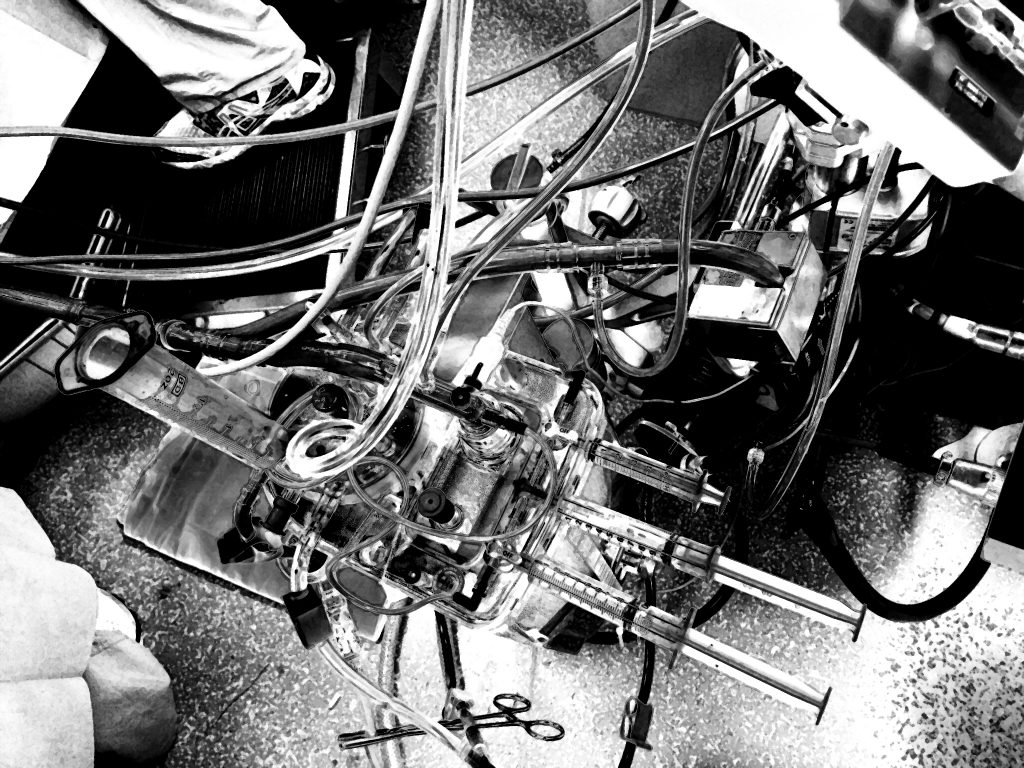The Prophylactic Use of Fibrinogen Concentrate in High‐Risk Cardiac Surgery

Background
Perioperative blood loss is a major contributor to morbidity and mortality in cardiac surgery. Plasma fibrinogen levels play an essential role in hemostasis and deplete quickly during hemorrhage. The objective of this study was to determine whether prophylactic fibrinogen concentrate administration lowers overall blood product transfusion requirements in high‐risk cardiac surgery in patients with low fibrinogen plasma levels.
Methods
The study was performed in a prospective, randomized, and double‐blinded design. The investigation included 62 patients undergoing elective, high‐risk cardiac surgery. After weaning from cardiopulmonary bypass and reversal of heparin patients received either fibrinogen concentrate or placebo. The primary outcome variable was overall blood product usage 24 hours after intervention.
Results
The fibrinogen group received numerically fewer total units of blood products than the placebo group, but the difference was not statistically or clinically significant (for groups n = 27; n = 29 and 19 vs 37 units, respectively, P = .908). The overall transfusion rate in both groups was significantly lower than the institutional average suggested (fibrinogen group 26%, placebo group 28%). The fibrinogen group showed significantly higher fibrinogen levels (2.38 vs 1.83 g/L (end of surgery), P < .001; 3.33 vs 2.68 g/L (12 hours after intervention), P = .003) and improved viscoelastic coagulation parameters (FIBTEM MCF, 27 vs 23 mm, P = .022).
Conclusion
This randomized, controlled trial demonstrates that point‐of‐care guided and prophylactic treatment with fibrinogen concentrate does not reduce transfusion of blood products in a setting of unexpectedly low transfusion rate as tested in this cohort, but may improve coagulation parameters in the setting of high‐risk cardiac surgery.
